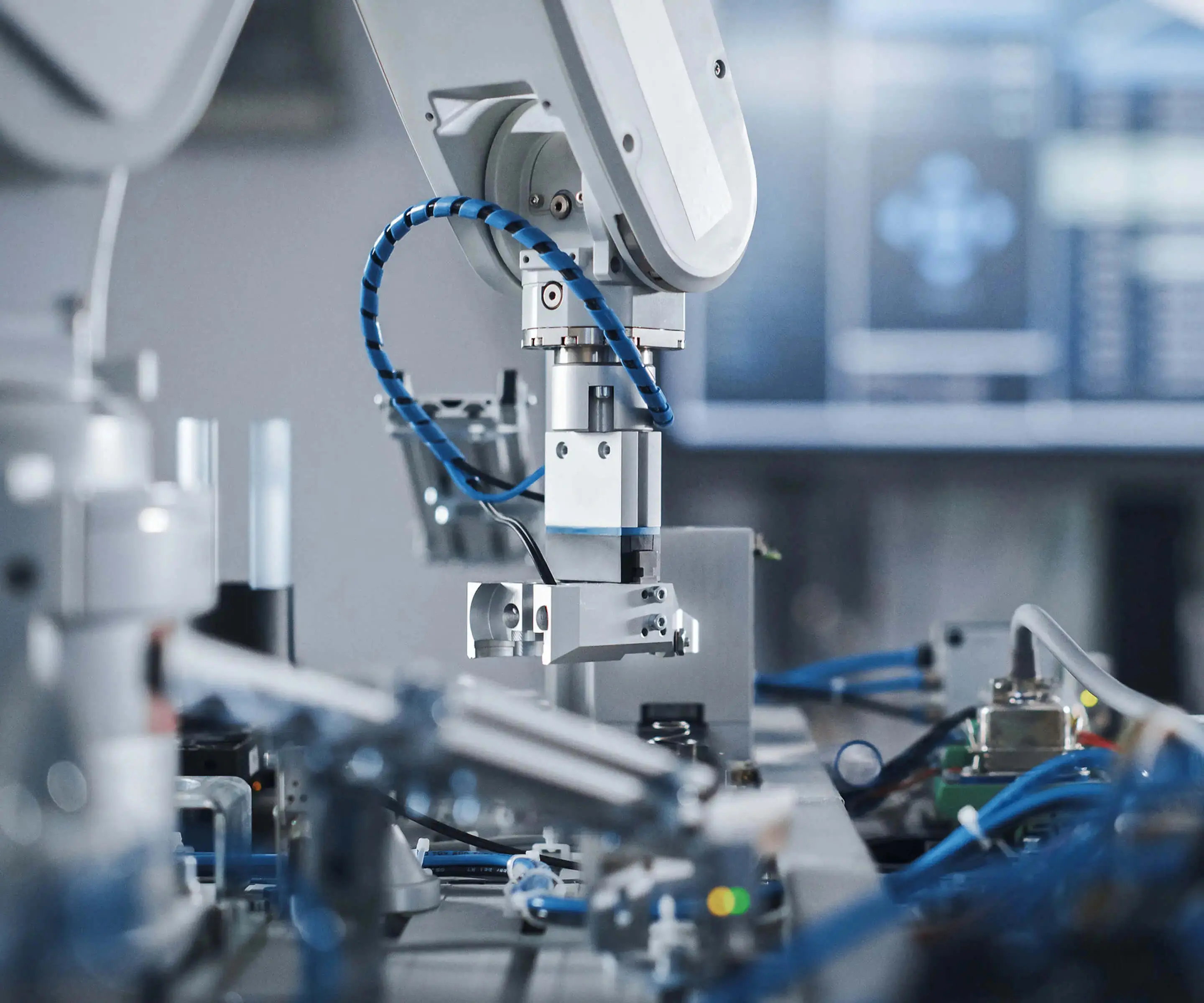How to Repair a Brushless Motor: A Simple Guide
Brushless motors are incredibly efficient and have become the go-to choice for everything from drones to electric vehicles. But like all mechanical systems, they’re not invincible. So, if your brushless motor stops working, don’t panic just yet. In this guide, we’ll walk you through some easy steps on how to get your brushless motor back in action.

What Causes Brushless Motors to Fail?
Before we dive into repairs, it’s good to understand why your brushless motor might have failed in the first place. Typically, there are a few common culprits:
- Worn-out bearings: Over time, the bearings inside the motor can wear out from friction.
- Overheating: Running your motor too hard can cause it to overheat, damaging internal components.
- Loose wiring: Motor wires can come loose, especially if the motor has been in use for a while.
- Damaged rotor or stator: If your motor has experienced physical impact, it’s possible the rotor or stator could be damaged.
Step 1: Inspect the Motor
The first thing you’ll want to do is visually inspect your brushless motor. Look for any obvious signs of wear, like cracked housing or burned wiring. Check the motor shaft for any bends or damages, and feel the bearings for unusual resistance. If something looks off, that’s likely where the problem lies.
Step 2: Check the Connections
If the motor looks intact but isn’t spinning, the issue could be something as simple as a loose wire. Disconnect the motor from the controller and inspect the three wires that connect it to the electronic speed controller (ESC). Make sure all the connections are secure and that there’s no corrosion or rust. If the wires seem to be damaged, it’s time to replace them.
Step 3: Test the Bearings
Next, it’s time to check the bearings. This is one of the most common reasons a brushless motor can fail. To do this, simply spin the motor shaft by hand. It should turn smoothly with little resistance. If you feel any grinding or unusual stiffness, the bearings are likely worn out and need to be replaced.
Step 4: Clean the Motor
Dust and dirt can also cause motor failures. A quick clean can sometimes restore function. Use compressed air to blow out any debris, and make sure there’s no buildup around the rotor or stator. If your motor has a cooling fan, make sure it’s free of obstructions too.
Step 5: Test the Electronic Speed Controller (ESC)
If the motor still doesn’t work after checking the wiring and bearings, you might have a problem with the ESC. The ESC is responsible for regulating the motor’s speed and power. To test it, connect the motor to a different, working ESC. If the motor works fine with the new ESC, then you know the ESC is the problem. If not, your motor may need a more extensive repair.
Step 6: Repair or Replace
If your motor still isn’t working, you might be looking at more serious damage. In this case, it may be time to replace the motor or get professional help. However, for minor issues like worn-out bearings or loose wires, repairing the motor is usually a more cost-effective solution.
Final Thoughts: Preventive Maintenance
Once you’ve repaired your motor, don’t forget about preventive maintenance. To keep your brushless motor running smoothly for years to come, be sure to regularly check the connections, clean the motor, and replace bearings as needed. By staying on top of these small tasks, you’ll extend the life of your motor and avoid costly repairs down the road.
Brushless motors are powerful, efficient, and relatively easy to maintain. With the right tools and a little know-how, you can tackle most common issues yourself. And if you ever feel uncertain, always reach out to someone who knows motors inside and out. Taking the time to properly care for your brushless motor will pay off in the long run, keeping everything running smoothly.
Kpower has delivered professional drive system solutions to over 500 enterprise clients globally with products covering various fields such as Smart Home Systems, Automatic Electronics, Robotics, Precision Agriculture, Drones, and Industrial Automation.




































